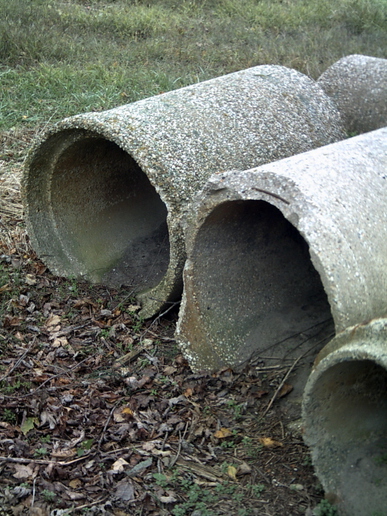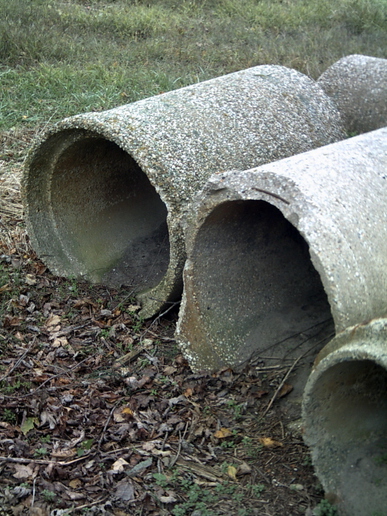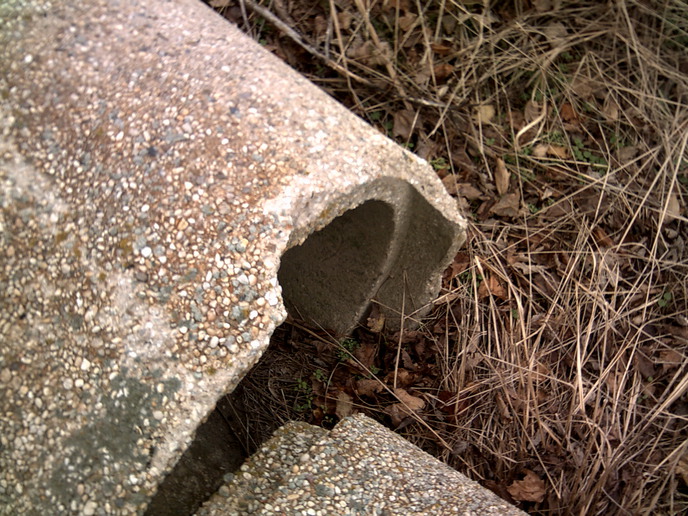I need to put in a stream crossing over a stream which is about 2 feet wide and typically 3-6 inches deep. I picked up the 24" culverts shown in the attached photos for a very cheap price. Some of the flanges are broken, and it has been sitting outside for many years. I will need to fill about 8-10 feet over top of the culvert, and want to be able to drive any type of vehicle (loaded logging truck etc) over the crossing. This is a forestry crossing, and does not require inspection. I would like everyone"s opinions on whether this culvert would work OK, or whether I should find something in better shape.







